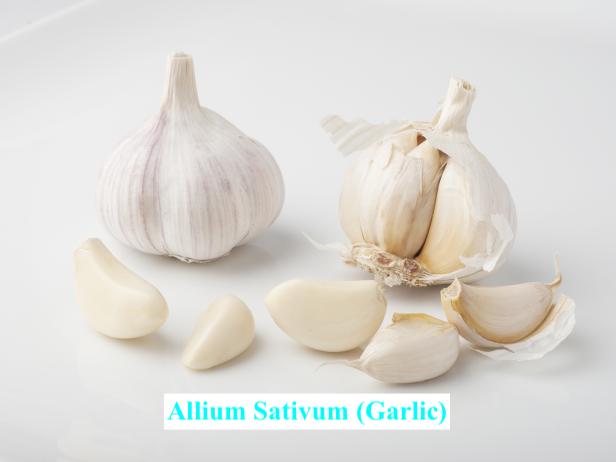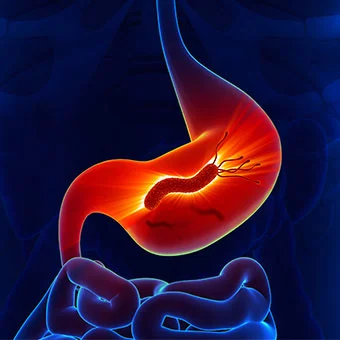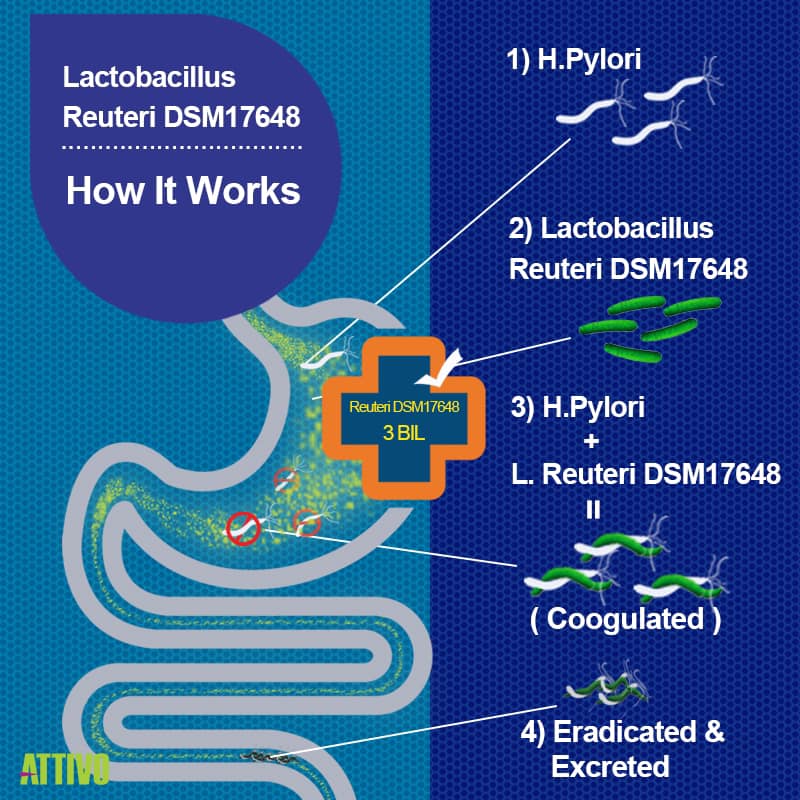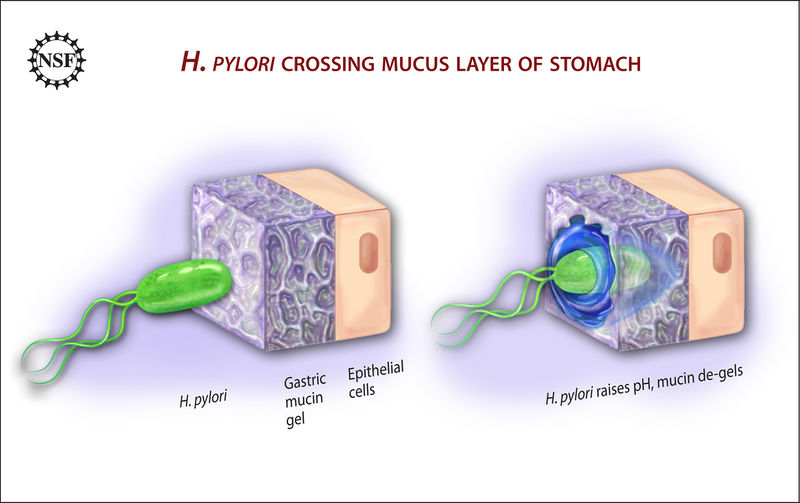
Costochondritis is a self-limited condition defined by inflammation of the costochondral junctions of the ribs near the anterior region of the chest.1 Generally, neoplastic (abnormal tissue growth)/rheumatologic (inflammation of joints)/infectious processes can induce said condition. Duodenal cancer is characterized by abnormal and malignant tissue growth within the regions of the duodenum (intestinal component directly attached to the stomach), and is considered a rare, yet aggressive, malignancy.2 If an individual has had said conditions, one might consider reviewing a stool analysis as said process can determine the presence of dysbiosis; a disordered microbial ecology associated with inflammation, autoimmune disorders, inflammatory bowel disease, and cancer.3 As such, the following will consider the same in addition to nutritional support for costochondritis and duodenal cancer.

Entamoeba histolytica (EH) is a parasite which can cause several digestive complications to include diarrhea, abdominal cramps, fever, and infection.4 Said parasite is more prominent in densely populated areas, especially where wild and domestic animals play a central role in transmission of the same.4(41) Once ingested, EH attaches to the small intestine, to include the duodenum; upon attachment, EH can enter the bloodstream and form abscesses in organs such as the brain, liver, eye, and other vital organs and tissues. As such, if EH is identified, steps should be taken to control its proliferation.4(42)

Certain essential oils have been shown to impose potent parasiticidal (destruction of parasites) effects. Azadbakht et al4(42) conducted an in vitro (controlled experiment outside of the body) where they individually analyzed the effects of Allium sativum (ALS), Artemisia sieberi (ARS), Zatraria multiflora (ZM), Chenopodium botrys (CB) and Eucalyptus globulus (EG) essential oils on EH from infected stools (over a 30-minute period). Results indicated that each essential oil had potent parasiticidal activity upon stool samples infected for EH; such results indicate the potential use of said oils as an adjunct therapy in treating individuals who test positive for EH infection.

Helicobacter pylori (HP) is a bacteria that is often found amongst individuals who have chronic gastritis.5 HP is characterized as a small, curved, gram-negative organism which resides and proliferates within the gastric (stomach) mucosal surface. HP can become problematic because an enzyme it produces and releases, known as urease; said enzyme induces pathophysiological changes within the gastrointestinal tract (GT) by decomposing urea, which is a natural by-product of protein metabolism. 5(614) By decomposing urea, ammonia is produced which has the capacity to disturb the pH of the GT and inhibit normal digestion and absorption of nutrients. Disrupting normal acidity (increasing pH) of the stomach also allows HP to further multiply and propagate.5(614) Finally, HP also releases enzymes which breakdown the protective mucosal layer of the GT which can lead to erosion of the intestinal and gastric surfaces (i.e., peptic ulcer) leading to pain and inflammation.5(614-615)

Solutions to help inhibit the growth and survival of HP generally involves a multifaceted approach known as triple therapy; an intervention where a proton pump inhibitor and two antibiotics are used (if a peptic ulcer is present).5(616)However, the use of probiotics, with particular emphasis on Lactobacillus (LB), has shown promise as a supportive adjunct to the aforementioned triple therapy protocol.6 A meta-analysis of 11 studies conducted by Yu et al6(9) indicated that there was an 8.9% improvement amongst individuals who tested positive for HP and who were treated with conventional therapies, in addition to LB supplementation. Results of eradication of HP were particularly pronounced among patients in the studies who used the LB casei and LB reuteri species.6(11)

In addition to treating and mitigating dysbiosis by controlling the pathogenic invasion of parasites (i.e., EH) and bacterial infections (i.e., HP), it is also critical to ensure repair of damaged GT tissues. Since both microbes tend to impair the lining of the GT, another intervention would likely include the use of glutamine; an amino acid which assists in small intestinal mucosal regeneration.3(454) Introducing butyrate, a short chain fatty acid, can also be helpful as it is a fuel source for colonocytes and can potentially induce anti-inflammatory effects as indicated by Magnusson et al7 and Lord et al.3(454) Finally, supplementation with essential fatty acids (i.e., DHA and EPA from fish oil) can help control systemic inflammation and ensure adequate prostaglandin (hormone like substances that modulate inflammation) formation.3(454)
In conclusion, costochondritis is a condition defined by inflammation of the costochondral junctions of the ribs, while duodenal cancer is characterized by abnormal and malignant tissue growth within the regions of the duodenum. Both illnesses can emanate from infectious processes and inflammatory cascades. Thus, consideration of all sources, to include gastrointestinal pathogens, is both reasonable and paramount. Therefore, eradication of pathogenic parasites and bacteria, if identified, should be addressed and immediately followed by restoration of damaged gastrointestinal tissue. Ultimately, such a combination of medical and nutritional support is likely to facilitate a faster recovery and improved overall quality of life for individuals afflicted with said conditions.
References
1. Proulx AM, Zryd TW. Costochondritis: Diagnosis and Treatment. Am Fam Physician. 2009;80(6):617-620. https://www-aafp-org.libproxy.bridgeport.edu/afp/2009/0915/p617.html. Accessed February 24, 2020.
2. Cloyd JM, George E, Visser BC. Duodenal adenocarcinoma: Advances in diagnosis and surgical management. World J Gastrointest Surg. 2016;8(3):212-221. doi: 10.4240/wjgs.v8.i3.212.
3. Lord RS, Bralley, JA. Laboratory Evaluations for Integrative and Functional Medicine. 2nded. Duluth, GA: Genova Diagnostics; 2012.
4. Azadbakht M, Chabra A, Akbarabadi AS, et al. Anti-parasitic activity of some medicinal plants essential oils on Giardia lamblia and Entamoeba histolytica, in vitro. Res J Pharmacognosy. 2020;7(1):41-47. doi:10.22127/rjp.2019.168142.1462.
5. Reisner EG, Reisner HM. An Introduction to Human Disease: Pathology and Pathophysiology Correlations. 10thed. Burlington, MA: Jones & Bartlett Learning; 2017.
6. Yu M, Zhang R, Ni P, et al. Efficacy of Lactobacillus-supplemented triple therapy for H. pylori eradication: a meta-analysis of randomized controlled trials. Plos One. 2019;14(10):1-16. doi: 10.1371/journal.pone.0223309.
7. Magnusson MK, Isaksson S, Ohman L. The anti-inflammatory immune regulation induced by butyrate is impaired in inflamed intestinal mucosa from patients with ulcerative colitis. Inflammation. 2019. doi:10.1007/s10753-019-01133-8.
-Michael McIsaac
